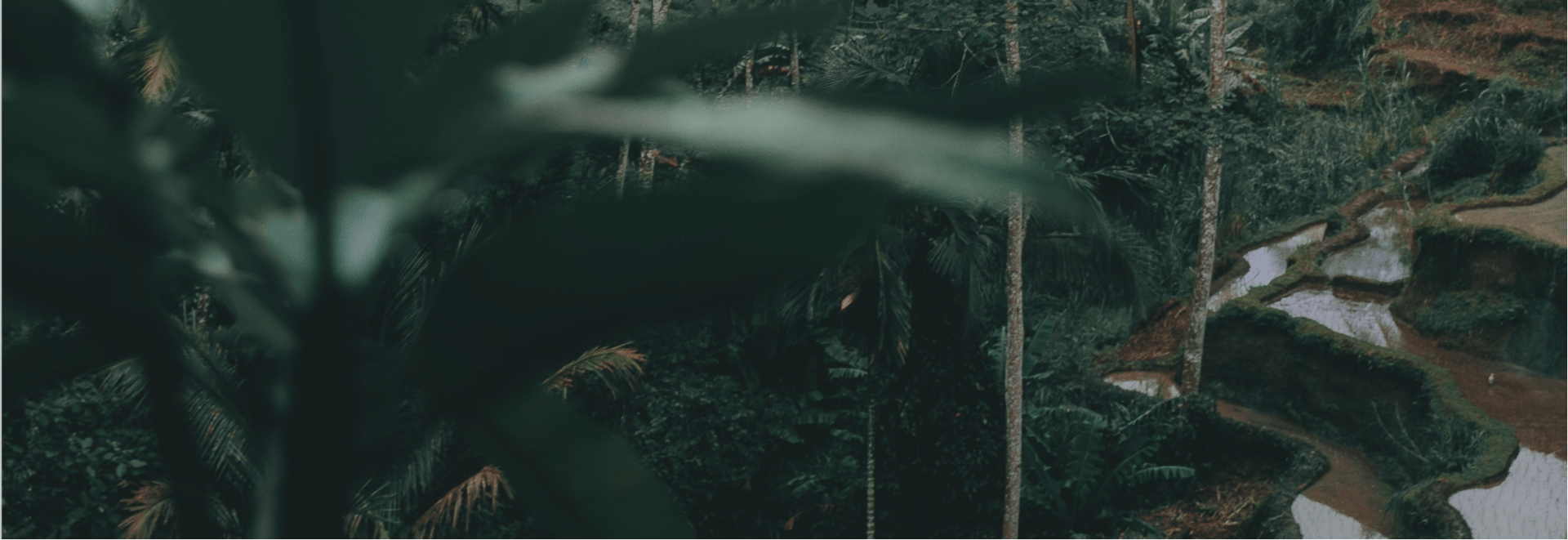
Step By Step
How It Works
In this curriculum, the world is divided into 8 sections; United States, North America, South America, Europe, Asia, Africa, Oceanic/Australia and The Middle East. You will notice is is almost done in continents, but I felt the Middle East had enough connecting history it deserved it's own Region.
These regions are then divided into units based on ancient history and then geographic locations. For example, South America has 4 units-- Ancient South America, Northern South America, Western South America and Central South America.
These units are further divided by country. The idea is each year you will learn about a category. We do American History every spring, which will be discussed later.
To begin, your students will need colored pencils or something to color with, a pencil, and a timeline book like
You will print the teacher resource guides and student notebooks for the units you want to cover. You can also print the tests and quizzes as well.
On day one, you can have your student watch the first video of the first unit, or you can teach from the Unit 1 PowerPoint for the region you have chosen to teach that semester. Students will follow along and fill out the student notebook as you go. Videos should be around or under 10 minutes. Technically, history and geography can be done for the day.
This is where the Teacher Resources comes in. I have gathered movies, books, videos, games, crafts and recipes you can use to make history more fun. The list I have gathered is not exhausted and you are more than welcome to do research for yourself and find things that are a better fit for your family. However, if you don't want to spend a ton of time on prep, you can pick and choose from the items I have provided. I don't think you have to use every single resource, read every single book or do every single craft in order for history to be fun, but this gives you an idea that you can easily access and put what works for you into practice.
I highly recommend one required assignment for every unit. I have my children pick anything they heard about any country in the unit (for example: The Ivory Coast in East Africa, they want to learn more about the ivory trade), they research, with your help depending on age, and present to you what they learn-I gave them a couple of days to work on this without any videos. In our home, they can do it in a variety of ways-- they can sing a song, make a diorama, a poster, write a paper, act out a scene (together is even better!), any way they can tell you about the new information they learned. I also have my older students write a paper about a famous person from the unit and I give them a week to write it.
When a country is done, there is an optional quiz (I make this quiz oral for my not-yet-writing students and I skip those questions that might be a little too advanced) and a test at the end of each unit. These are good grading tools if you are in need.
